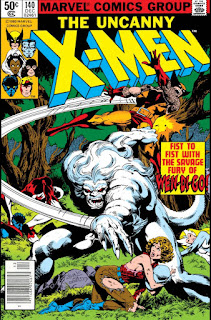PNSO (Peking Natural Science-Art Organization) was a project started in 2010 by Zhao Chuang (illustrator) and Yang Yang (children's book author) to promote the wonders of natural history. Outside of China, PNSO is primarily known for their dinosaur models.
Most PNSO dinosaurs are larger than 1/72 scale, but they also make a series of smaller "box scale" dinosaurs, some of which are usable as 1/72 dinosaurs.
These small dinosaurs are sealed in a plastic blister with a tri-fold informational insert illustrated with art by Zhao.
Meng on the other hand, is a plastic model company which has recently entered the dinosaur market with a series of 1/72 scale dinosaurs.
So far, they have announced Sinoceratops, Zhuchengtyrannus, Sinankylosaurus, Shantungosaurus, and Zhuchengtitan.
The Meng models come sealed in foil bags along with a couple of illustrated informational cards.
So far, the only released Meng dinosaur available is the Sinoceratops. I also have three PNSO ceratopsians. Of these, I think that the Xenoceratops is the only one that is a good match for 1/72.
The Chasmosaurus and Kosmoceratops are both too big (though I suppose it could be argued that the former could be a larger specimen of the genus).
Next are a pair of therapods. The Majungasaurus is probably too big for 1/72 while the Allosaurus is probably a bit too small.
I think the Allosaurus is usable as a juvenile dinosaur though.
The next two therapods are Cryolophosaurus and Alioramus. I think both can pass as 1/72 scale.
Next are a Qianzhousaurus and Ouranosaurus. The Qianzhousaurus seems compatible with 1/72 scale, but the Ouranosaurus might be too small.
The next dinosaurs are a pair of stegosaurids. The Kentrosaurus is much too big to pass for 1/72 scale, while the Wuerhosaurus seems to be on the small side.
Both Ouranosaurus and Wuerhosaurus models may be undersized, but I think I can use them as juvenile dinosaurs.
PS
I think this will be my final post for 2023. The year has flown by, and there have been various events at the close of this year have resulted in a bit of a rough patch.
At the end of November, I was quite excited to receive a package from Phrozen, but due to circumstances, I haven't even had the chance to open the box yet. I guess tomorrow morning will be the perfect occasion.
Merry Christmas to all my readers, and to all a good night!
V & W Destroyers Book Review
20 hours ago













































































